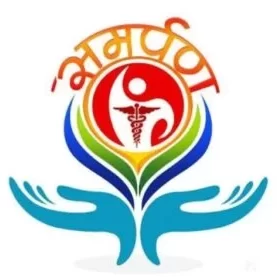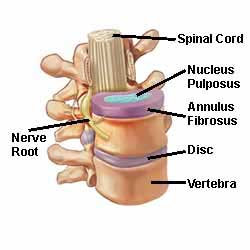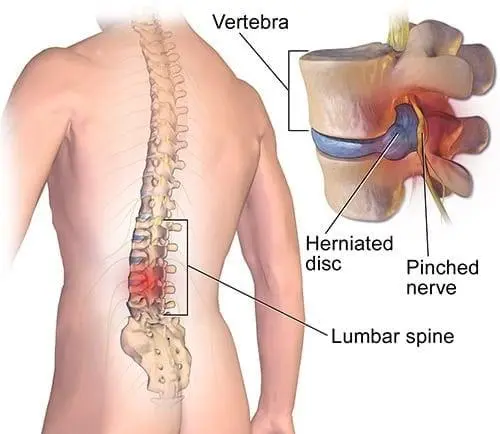Neck Injury
What is a Neck Injury? Any harm or stress to the neck’s structures is referred to as a neck injury. With its vertebrae (bones), intervertebral discs, spinal cord, nerves, muscles, ligaments, and blood vessels, the neck (cervical spine) is a delicate and complicated region of the body. The neck is especially prone to damage because…










